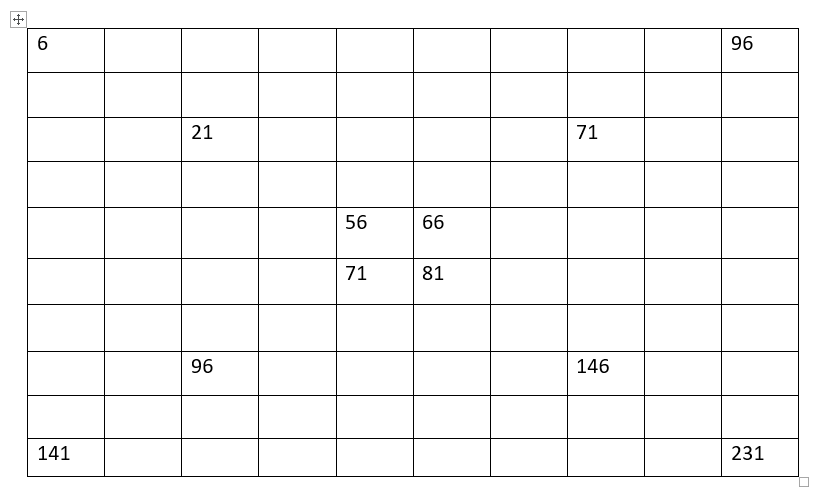

Shot put competitions have been held at the modern Summer Olympic Games since their inception in 1896, and it is also included as an event in the World Athletics Championships.Įach of these competitions in the modern era have a set number of rounds of throws.

Loose clothing, shoelaces, or long hair touching outside the circle during a throw, or an athlete bringing a towel into the circle and then throwing it out prior to the put, results in a foul.The athlete entering the circle, then exiting and re-entering it prior to starting the throw results in a foul (all the rule books allow an athlete to leave a circle prior to starting a throw, but this still counts within the 30 second time limit the allowable method of exiting the circle varies by rule book).The athlete must enter the circle from the back (none of the rule books contain such a clause).
#Put put travels through time any% wr professional
The following are either obsolete or non-existent, but commonly believed rules within professional competition:

The distance thrown is measured from the inside of the circumference of the circle to the nearest mark made on the ground by the falling shot, with distances rounded down to the nearest centimetre under IAAF and WMA rules.Ĭzechoslovak shot putter Jiří Skobla showing the correct technique for keeping the shot near the neck Ĭompetitors take their throw from inside a marked circle 2.135 m (7 ft) in diameter, with a “toe board” or "stop board" about 10 centimetres (4 in) high at the front of the circle. Shot put competitions were first recorded in early 19th century Scotland, and were a part of the British Amateur Championships beginning in 1866. The first events resembling the modern shot put likely occurred in the Middle Ages when soldiers held competitions in which they hurled cannonballs. In the 16th century King Henry VIII was noted for his prowess in court competitions of weight and hammer throwing. The first evidence for stone- or weight-throwing events were in the Scottish Highlands, and date back to approximately the first century. Homer mentions competitions of rock throwing by soldiers during the Siege of Troy but there is no record of any dead weights being thrown in Greek competitions. Shot putter at the University of Nebraska, 1942, showing the circle and stop board


 0 kommentar(er)
0 kommentar(er)
